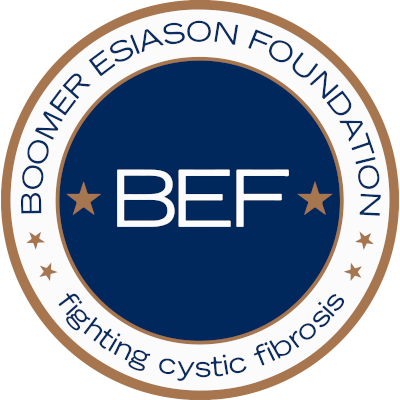Mutations in genes essential to survival are behind so-called orphan diseases, explaining in part why these diseases are rare and often deadly, according to a study appearing in The American Journal of Human Genetics.
The new finding contrasts sharply with what is known about mutations in non-essential genes being the drivers of common diseases having higher prevalence rates, according to scientists at Cincinnati Children’s Hospital Medical Center who conducted the research.
The bioinformatics study – which used computer technology to link diseases with causative genes, interacting proteins, and shared molecular pathways – produced a global network map involving 1,772 orphan diseases caused by gene mutations. The map gives scientists a precise starting point to launch innovative research into developing new therapies or repositioning existing drugs for diseases that lack effective treatments, said Anil Jegga, Ph.D., a researcher in the Division of Biomedical Informatics and the study’s senior investigator.
An orphan or rare disease is defined as one affecting less than 200,000 Americans. There are 8,000 orphan diseases that together impact more than 25 million people in the United States, Dr. Jegga explained. A number of orphan diseases start early in life, are influenced by genetics and the immune system, and include diseases like cystic fibrosis and various forms of childhood cancer.
“Only about 300 of these 8,000 diseases have effective drug therapy, so collectively orphan diseases pose a formidable challenge for public health authorities,” Dr. Jegga said. “Previous studies on disease networks have not separated out these rare diseases, many of which are fatal while others induce chronic and debilitating illnesses.”
By analyzing networks that offer a natural representation of orphan diseases – including the interactive links between causative genes, protein functions and pathways – researchers get a systems-level view of the complex associations that underlie these diseases, according to Minlu Zhang and Cheng Zhu, the study’s co-first authors and members of the Department of Computer Science at the University of Cincinnati.
One of the study’s key findings is that orphan disease genes encode hub proteins, which have multiple protein-to-protein interactions vital to cell function. Previous studies have shown that non-essential genes causing common diseases do not encode hub proteins. In fact, researchers report that deleting about 43 percent of orphan disease-causing gene homologs in mice (which are similar to human genes) is lethal or cause premature death, indicating the essential survival role of the genes and related biological processes.
Researchers said the 1772 orphan diseases analyzed in their study are linked to a total of 2,124 mutant genes. Sixty-nine percent of the diseases have one implicated gene and the rest are caused by two or more genes. In fact, of the 2,124 orphan disease-causing genes, 1,393 are linked to only one disease, while the remaining 731 genes are causative for two or more diseases. An example noted in the study involves mutations of the gene LMNA, which are implicated in 17 orphan diseases. And the orphan disease, nonsyndromic genetic deafness, has the highest number of causative genes at 43.
Dr. Jegga and his colleagues say the study also shows that it is critical to go beyond taking a gene-based approach to diagramming interactive orphan disease maps.
“Our findings indicate that the wiring of the gene-based and function-based networks of orphan diseases is different,” he said. “By considering the shared functions among causal genes, molecular targets for the treatment of orphan diseases can be revealed. These maps of molecular targets can then be used to create novel hypotheses and guide treatment strategies for orphan diseases.”
In the 10 years prior to passage of the U.S. Orphan Drug Act in 1983, only 10 new drugs for rare diseases were approved by the Food and Drug Administration. In the 28 years since the act passed, more than 300 orphan disease drugs have been approved.
Data used in the study was provided by Orphanet, an online reference portal for information on rare diseases and orphan drugs. Funding support for the current study came in part from the Cincinnati Digestive Health Sciences Center and from Cincinnati Children’s.
Cincinnati Children’s Hospital Medical Center ranks third in the nation among all Honor Roll hospitals in U.S. News and World Report’s 2011 Best Children’s Hospitals ranking. It is ranked #1 for gastroenterology and in the top 10 for all pediatric specialties – a distinction shared by only two other pediatric hospitals in the United States. Cincinnati Children’s is one of the top two recipients of pediatric research grants from the National Institutes of Health. It is internationally recognized for improving child health and transforming delivery of care through fully integrated, globally recognized research, education and innovation. Additional information can be found at www.cincinnatichildrens.org.
Source: Cincinnati Children’s Hospital Medical Center
